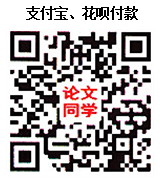機械設(shè)計 電子通信 英語論文 物流論文 電子商務(wù) 法律論文 工商管理 旅游管理 市場營銷 電視制片管理 材料科學工程 漢語言文學 免費獲取
制藥工程 生物工程 包裝工程 模具設(shè)計 測控專業(yè) 工業(yè)工程 教育管理 行政管理 應(yīng)用物理 電子信息工程 服裝設(shè)計工程 教育技術(shù)學 論文降重
通信工程 電子機電 印刷工程 土木工程 交通工程 食品科學 藝術(shù)設(shè)計 新聞專業(yè) 信息管理 給水排水工程 化學工程工藝 推廣賺積分 付款方式
|
|
|
|



